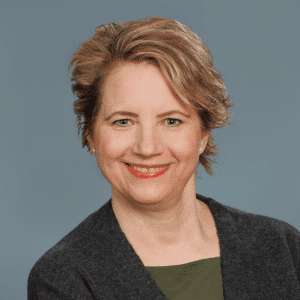Health anxiety continues to rise

In the aftermath of a global pandemic, an increase in medically-related anxiety is to be expected. But hypochondria, now known by the less stigmatizing term of “health anxiety,” has been increasing over the past three decades.
Hypochondria was first recognized by the Ancient Greeks, when the disorder was thought to originate in a part of the body below the rib cage. Identified as a mental health condition in the early 20th century, the diagnosis of hypochondriasis was included in the Diagnostic and Statistical Manual of Mental Disorders (DSM). The term was replaced in 2013 in the DSM-5 with two diagnoses: illness anxiety disorder and somatic ...
Want to keep reading this article from New England Psychologist?
Login below or subscribe today to support independent journalism!
